Many parts of the world have some iconic landmark which makes the place very popular. Like Eiffel tower of Paris, The great wall of China or the statue of liberty, and many other historical monuments. People started to recall the place with such landmarks as they have some fond memories. India too have many landmark at differrnt places. From Taj Mahal in Agra to Red fort in New Delhi to many others. One of such iconic landmark which is very popular within the country is Howrah Bridge.
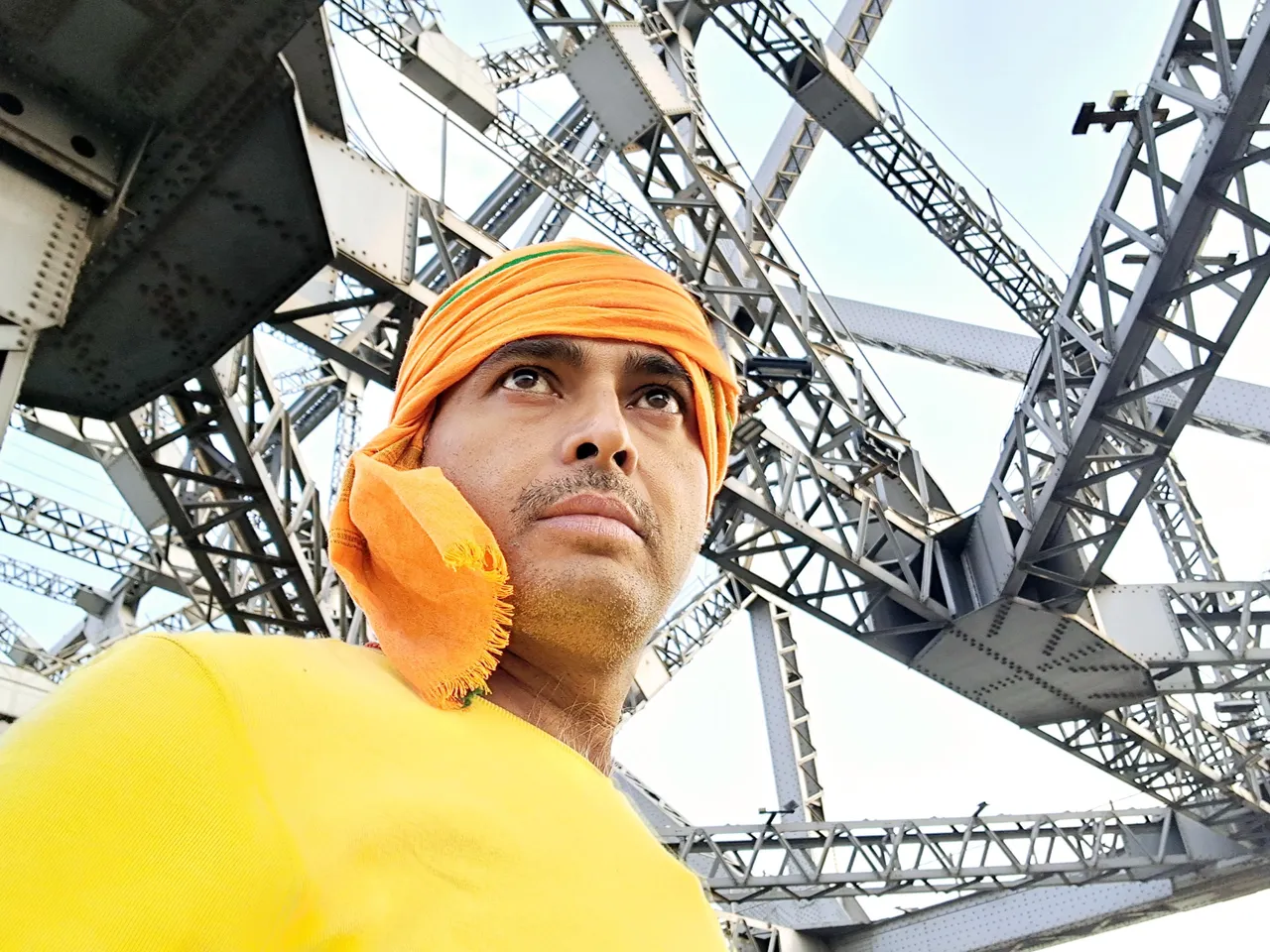
The Howrah Bridge is a huge steel bridge over the Hooghly River. Howrah is a district of the West Bengal state in eastern India. The steel bridge is made in the same district and started to be known as Howrah Bridge. The Howrah Bridge is also known as the Rabindra Setu. It was designed by Sir Bradford Leslie and opened in October 1874. The Howrah Bridge is a popular landmark in Kolkata, India, for many reasons.
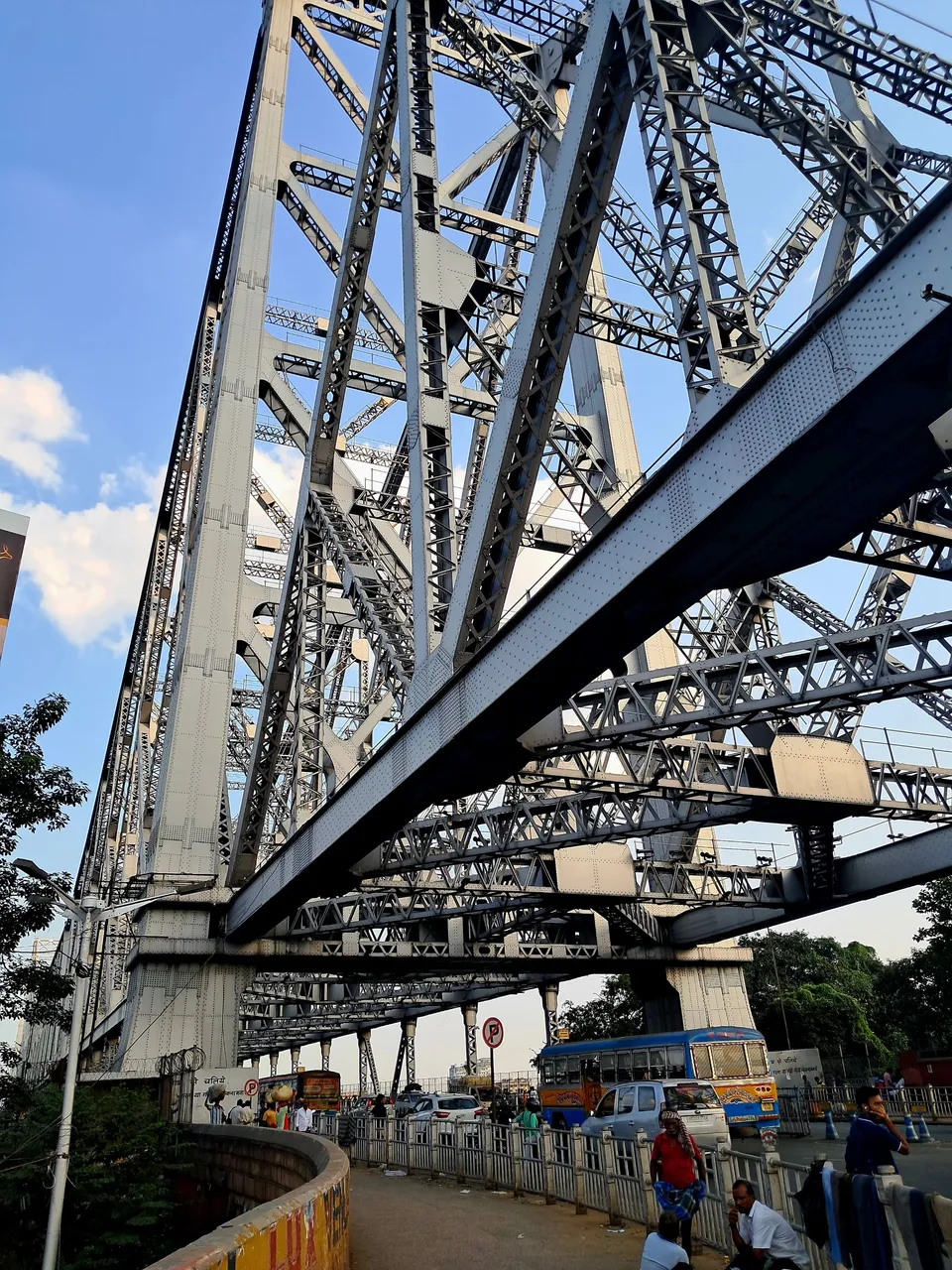
The steel structur3 has deep history, engineering feat, and role as a gateway to the city.
- The bridge has witnessed major historical events, including World War II, and has been a part of the city's history before and after independence.
- The bridge is a combination of a cantilever and suspension bridge, and was built without nuts or bolts. It's also one of the oldest hanging bridges in the world.
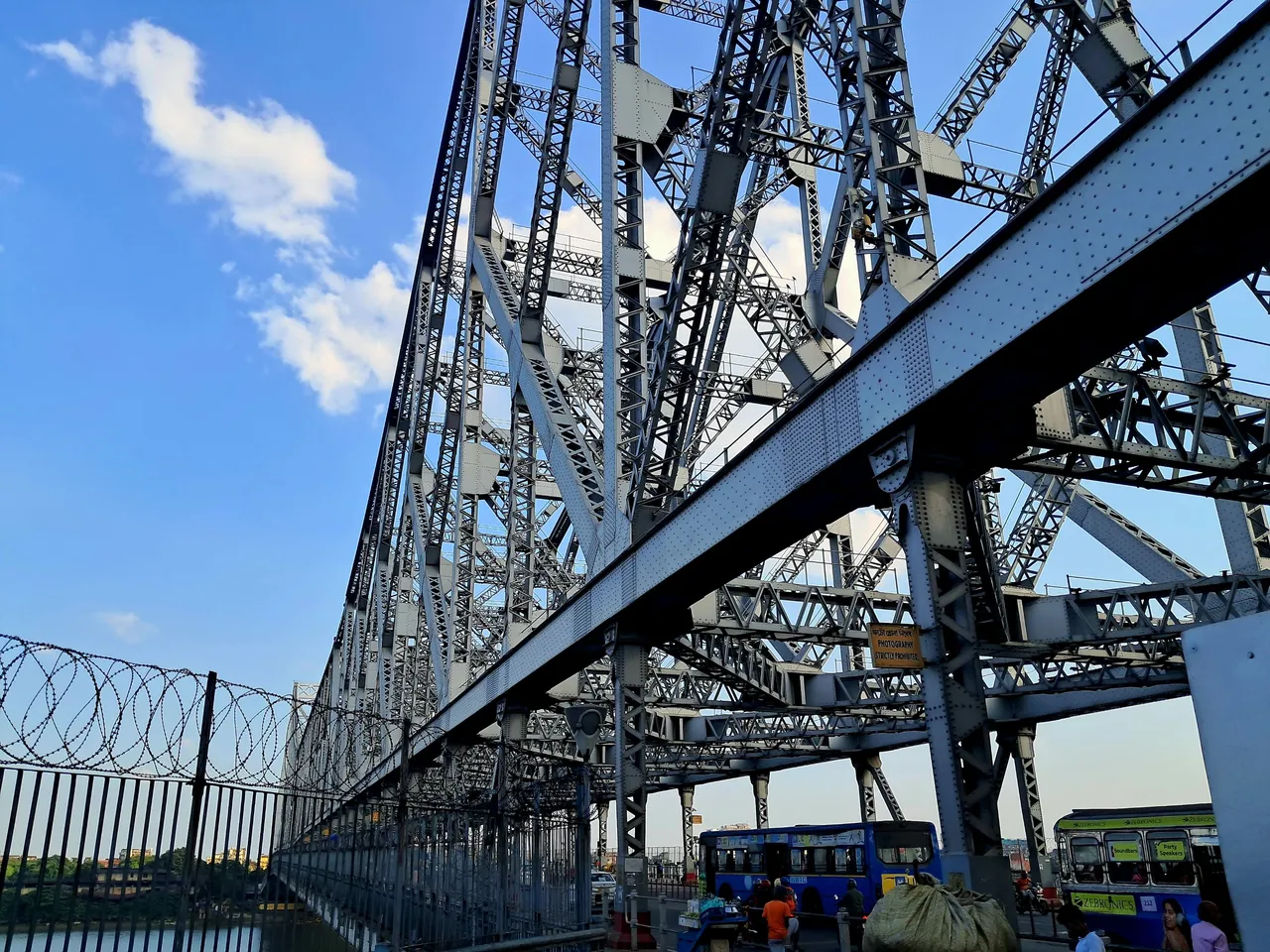
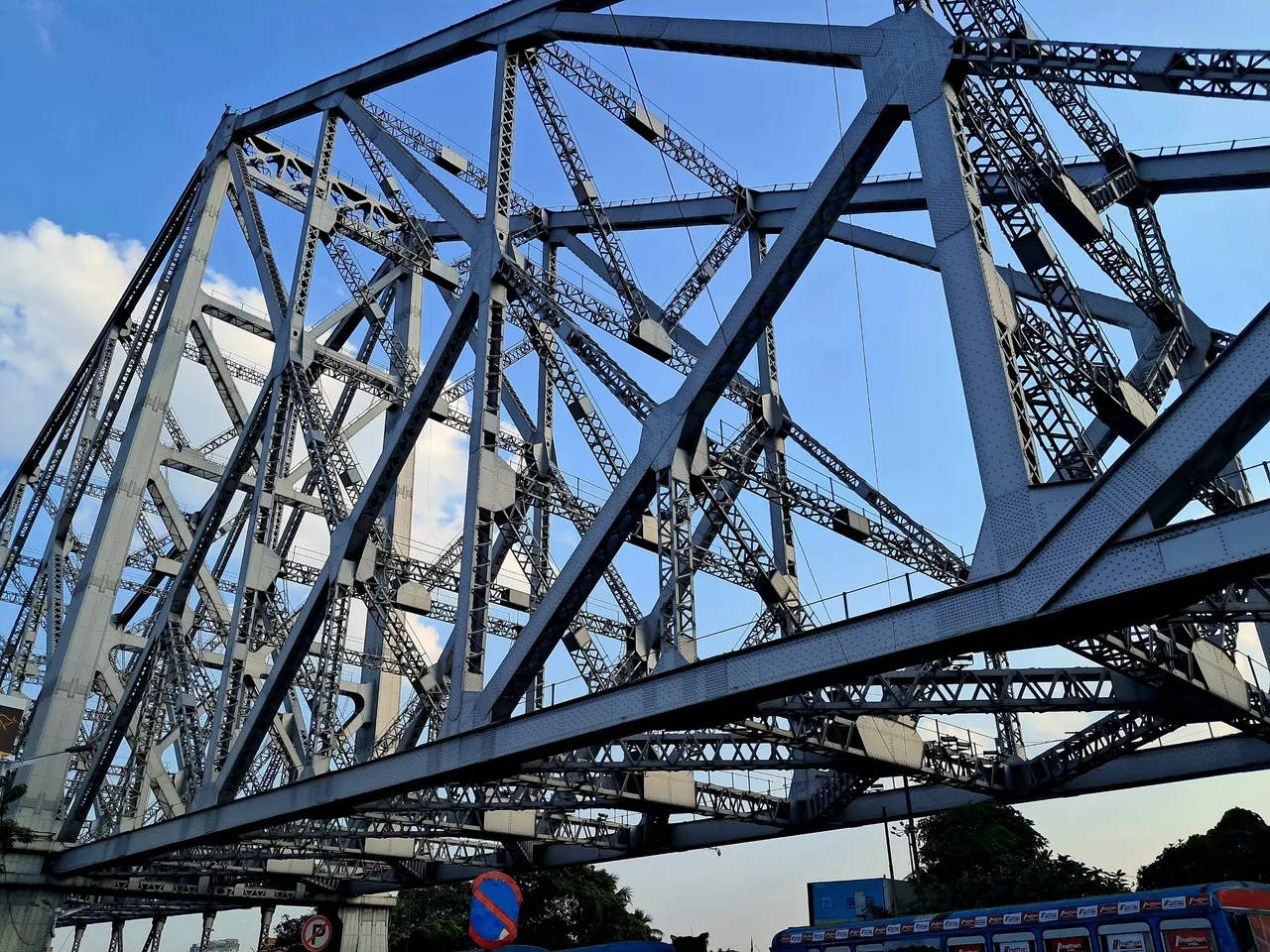
The bridge connects Kolkata to Howrah railway Station, the city's most important railway station. The Howrah Bridge is a famous landmark in Kolkata, India. It's a huge steel bridge that connects Howrah and Kolkata over the Hooghly River. The bridge is one of the busiest cantilever bridges in the world, carrying around 100,000 vehicles and over 150,000 pedestrians each day.
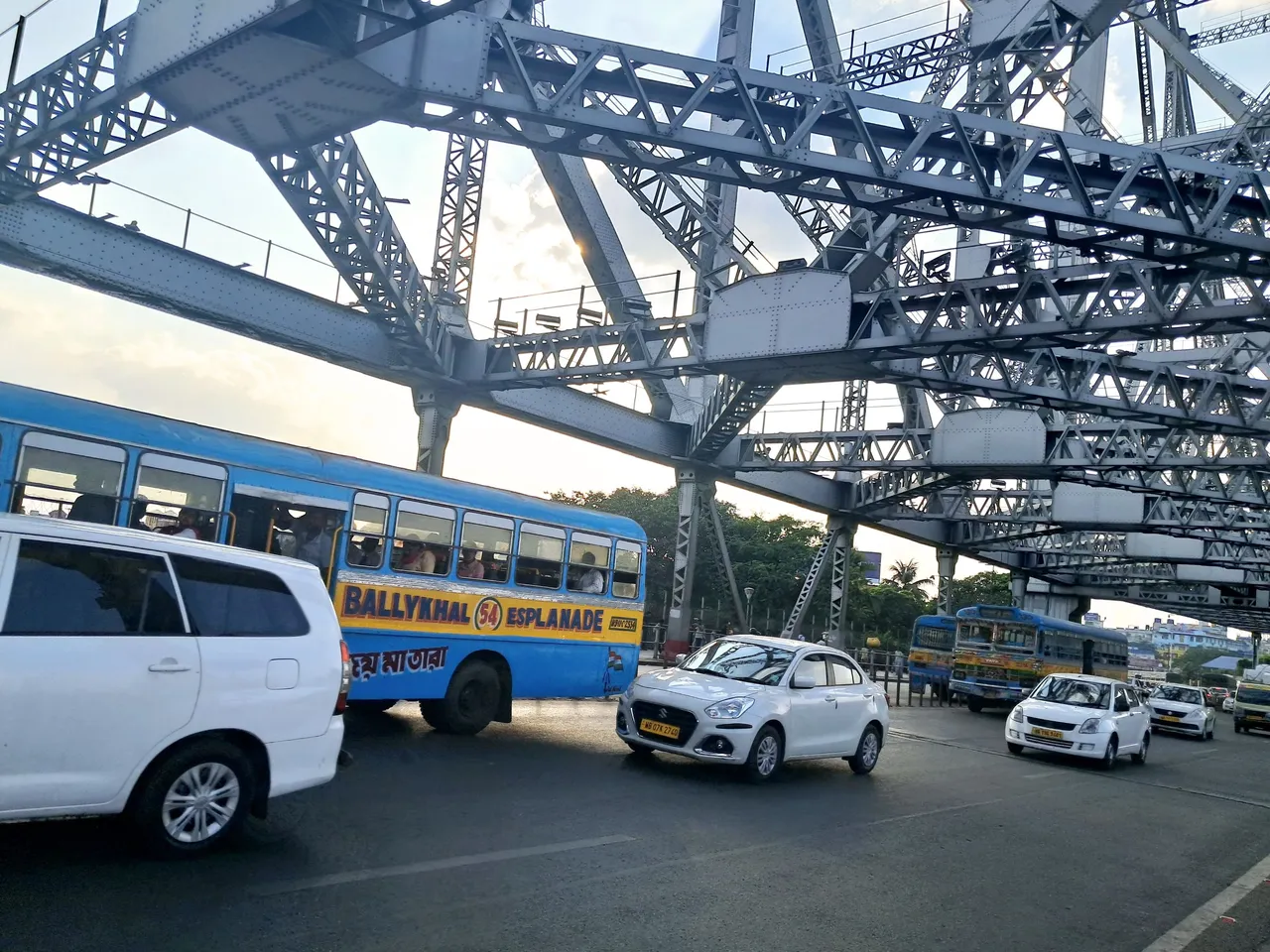
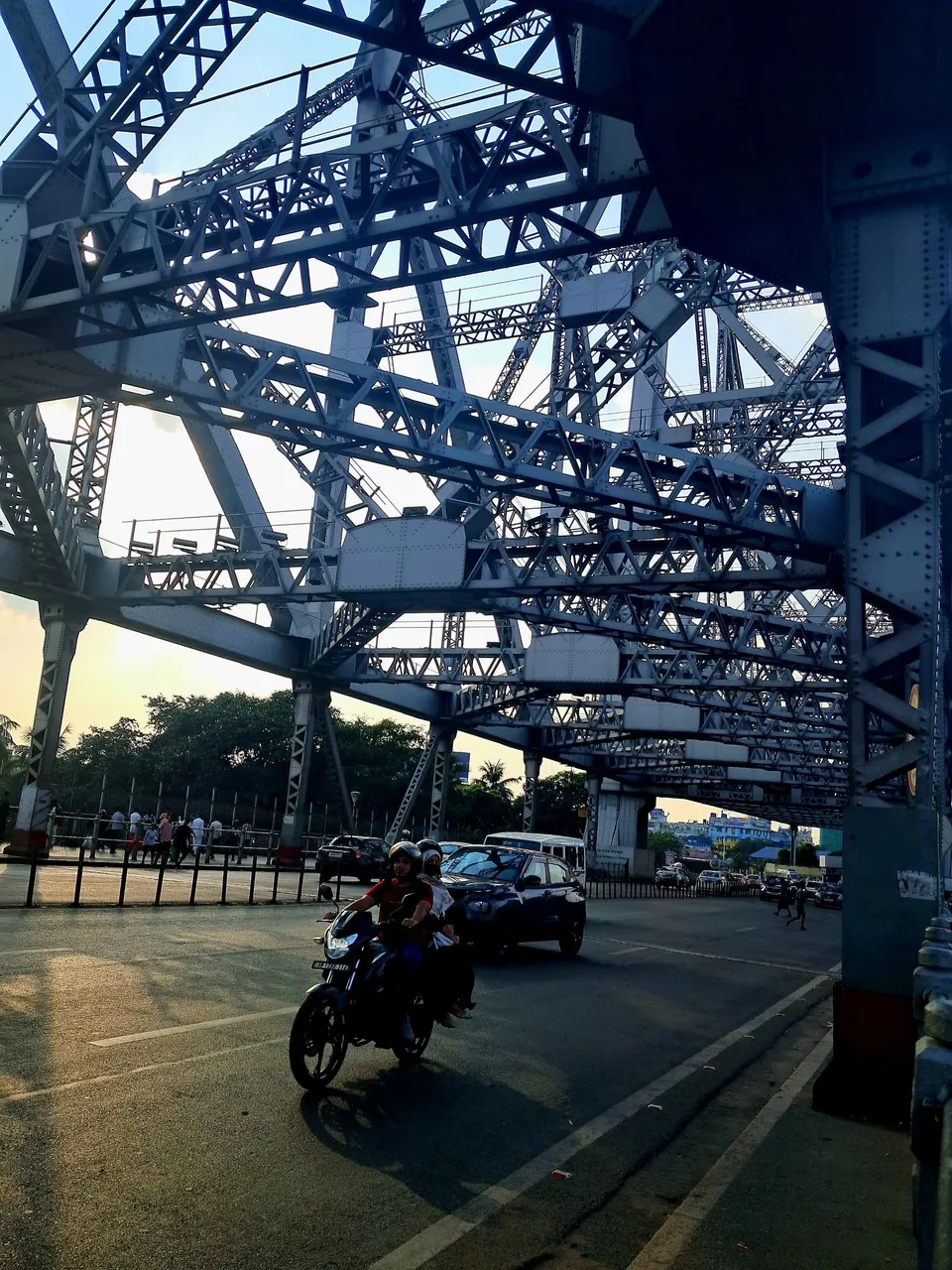
Standing beneath the heavy steel segments making me Dall in awe. The crossed structure all over the top is genuine architecture masterpiece. The Construction on the Howrah Bridge began in 1936 and was completed in 1942. The bridge was designed by Walton of M/s Rendel, Palmer & Triton, and the Braithwaite Burn and Jessop Construction Limited Company. The Howrah Bridge is 2,150 feet long and is the third largest bridge of its kind in the world. It was designed by Sir Bradford Leslie and opened in October 1874.
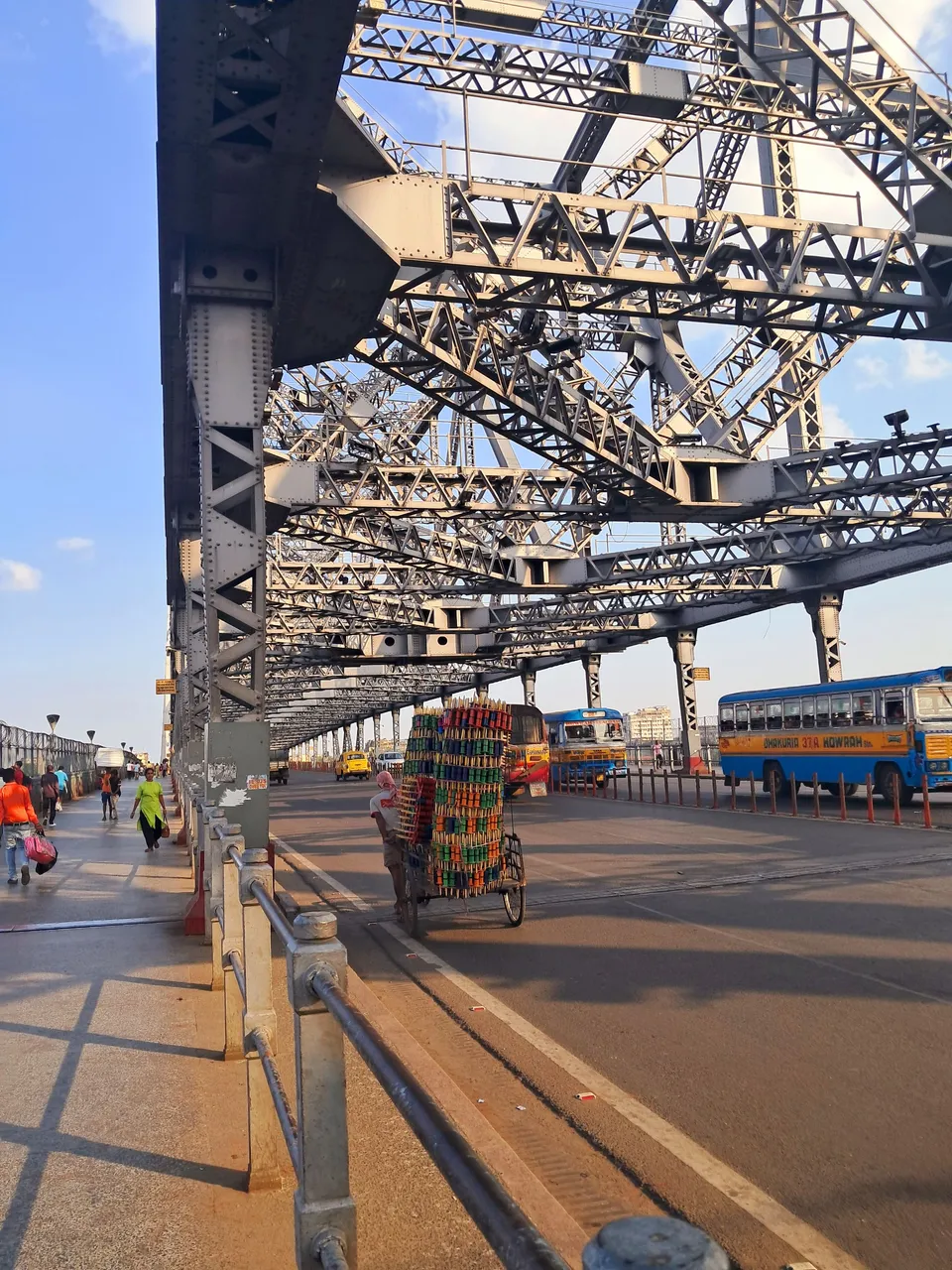
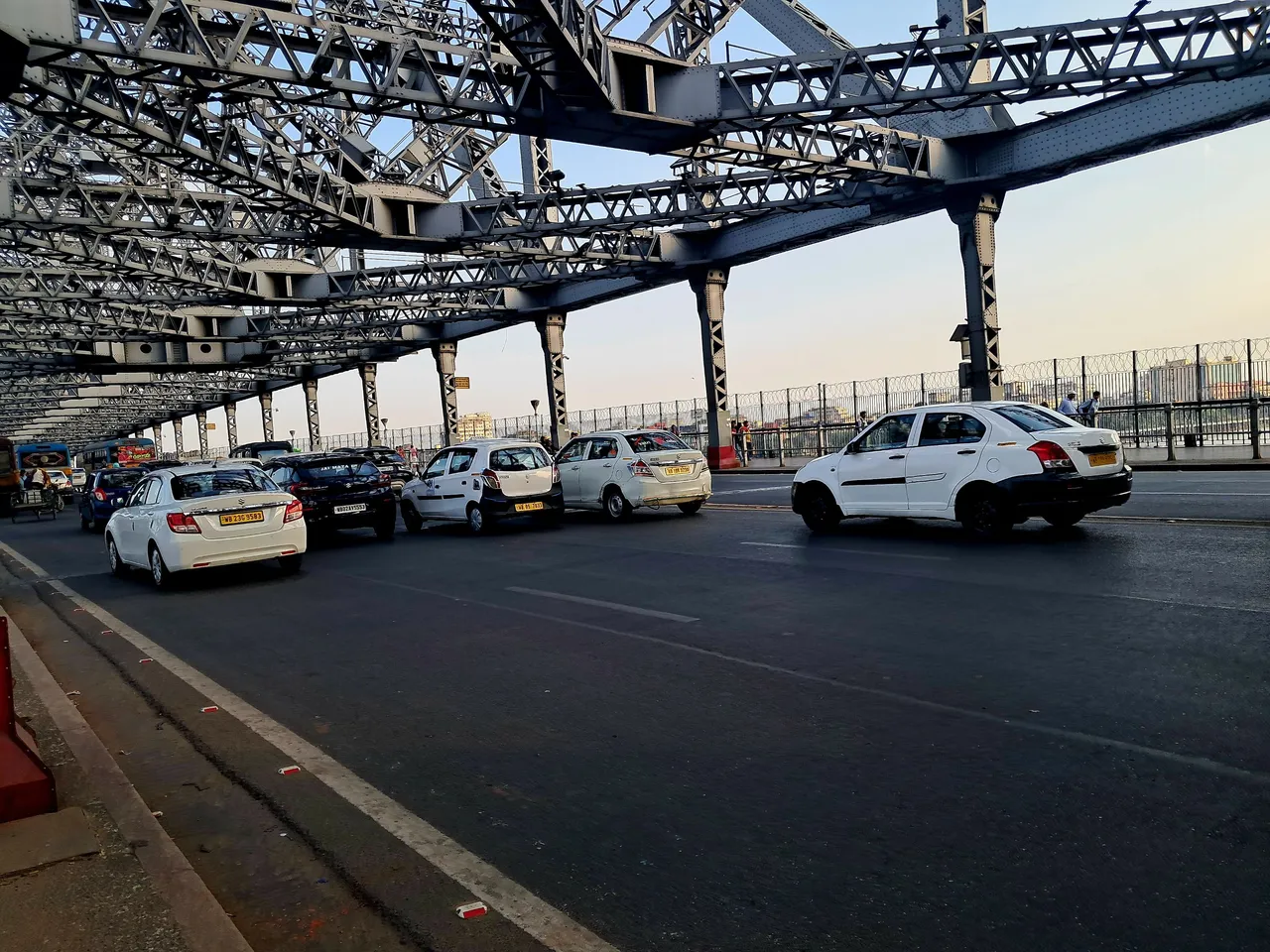
The Howrah Bridge, also known as the Rabindra Setu, is a combination of a suspension and cantilever bridge with a unique design:
Cantilever bridge: The bridge has arms that extend inward from towers at either end, parallel to the water's surface. The central span is suspended between the two cantilever arms.
Suspension bridge: The bridge has a central span between the centers of the main towers and a suspended span.
Riveted steel: The bridge is made of riveted steel and has no nuts and bolts.
Structural segments: The structural segments are connected by riveted joints.
Main piers: The bridge is supported by two main piers that are anchored on the riverbed.
Lighting: The bridge has a lighting system designed to create an evening experience for tourists and residents.
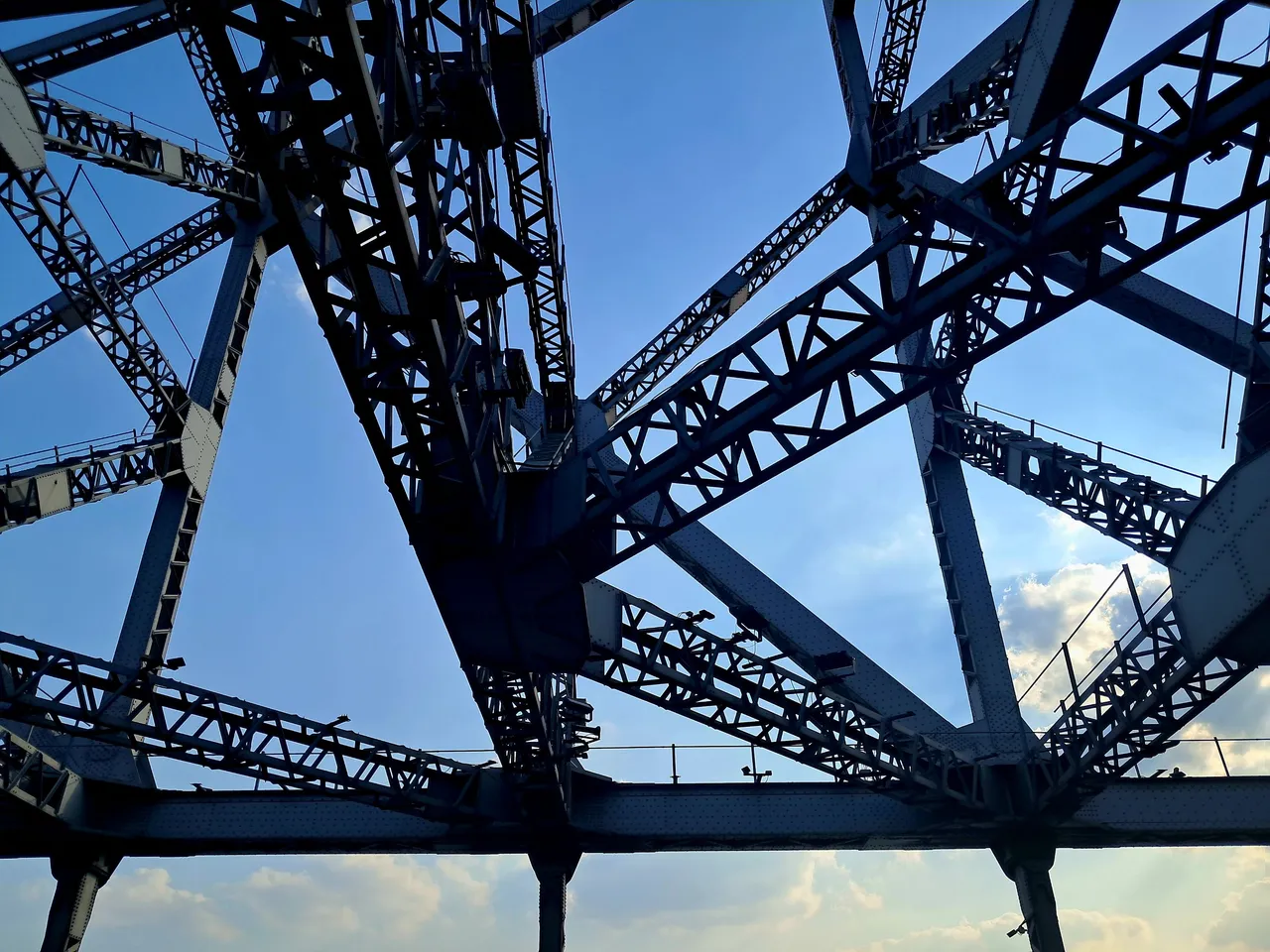
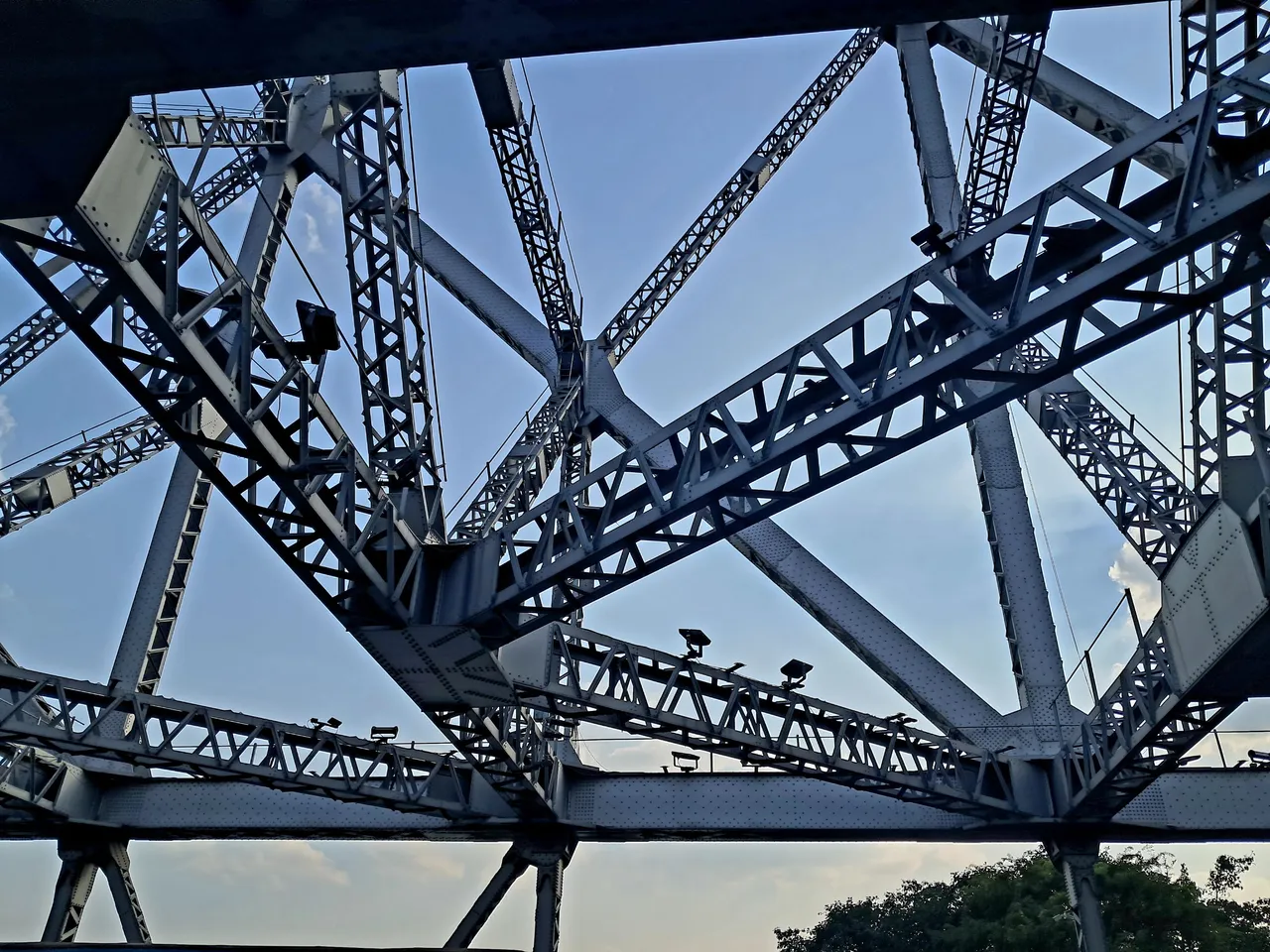
When it was commissioned in 1943, the bridge was originally named the New Howrah Bridge. On June 14, 1965, the bridge was renamed Rabindra Setu after the Bengali poet Rabindranath Tagore. However, it is still popularly known as the Howrah Bridge. The Bridge is a symbol of Kolkata and West Bengal. It is one of four major crossings over the Hooghly River and connects the twin cities of Howrah and Kolkata.

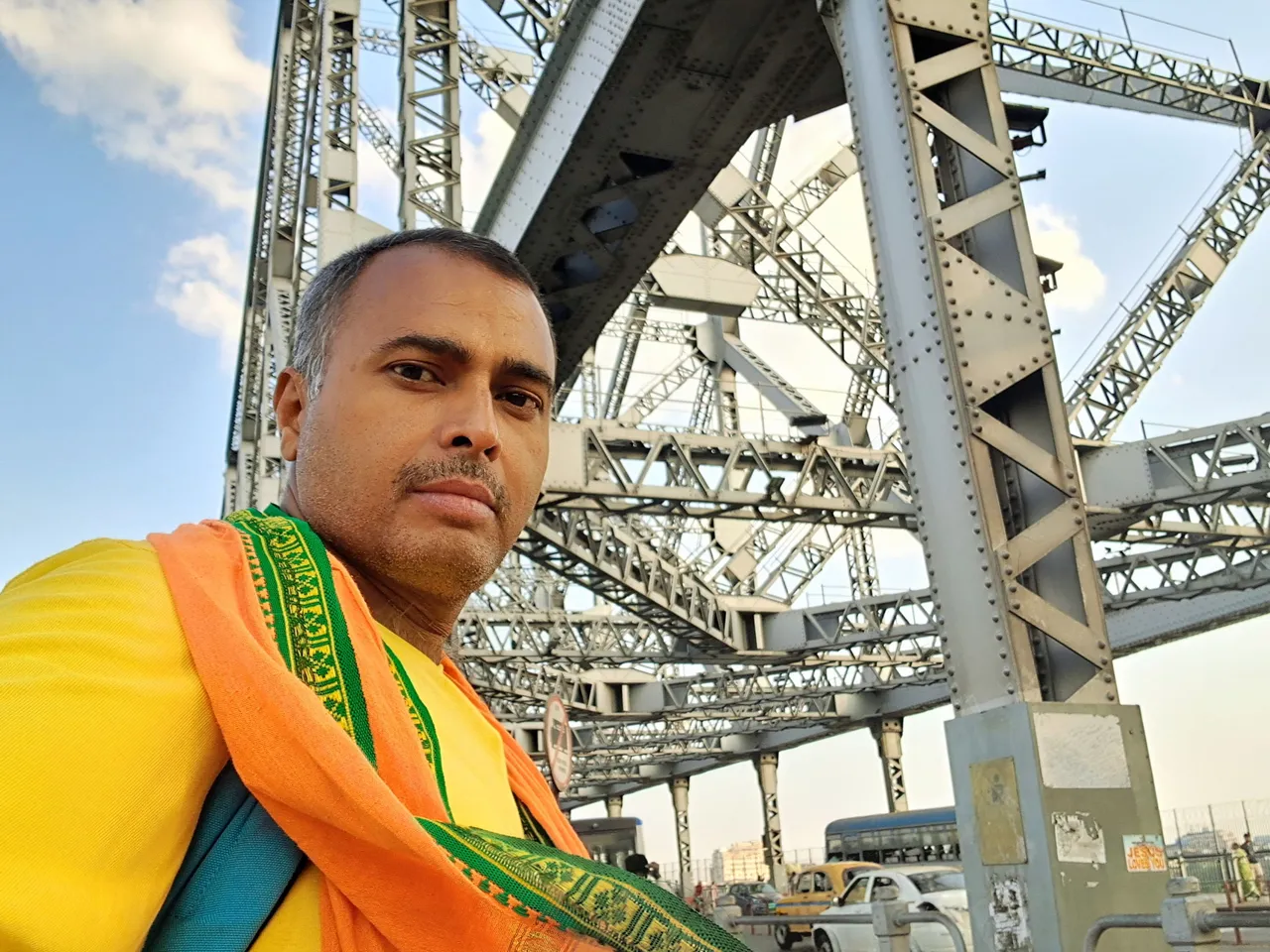
Direct entry bridge is restricted for pedestrians due to heavy traffic. There are sideway pathway, where people walk and enjoy the scenic beauty of the Hooghly River alongwith the heavyweight cantervioer masterpiece. Tyhe whole bridge shakes when traffic crosses. It was a unique experince Standing up on it and snapping the huge structure.